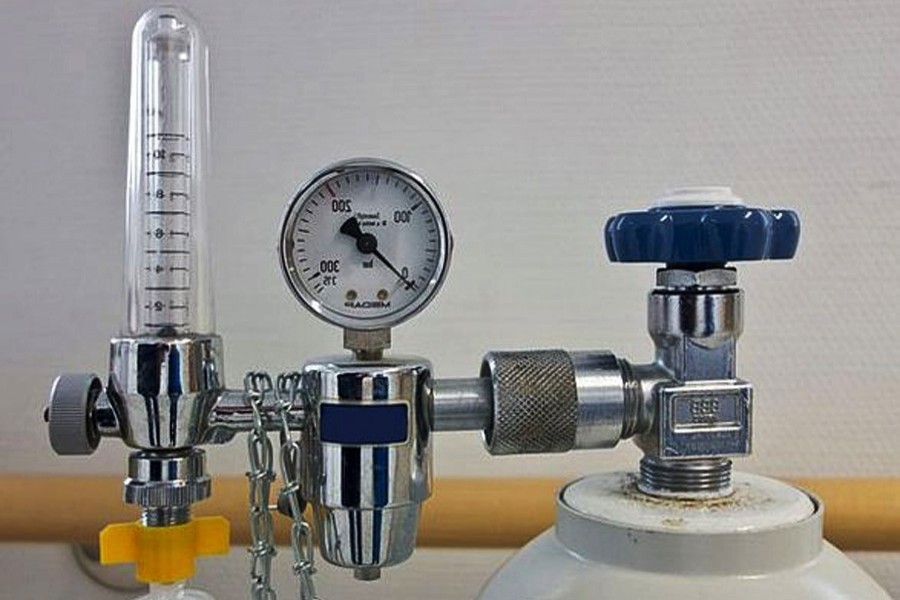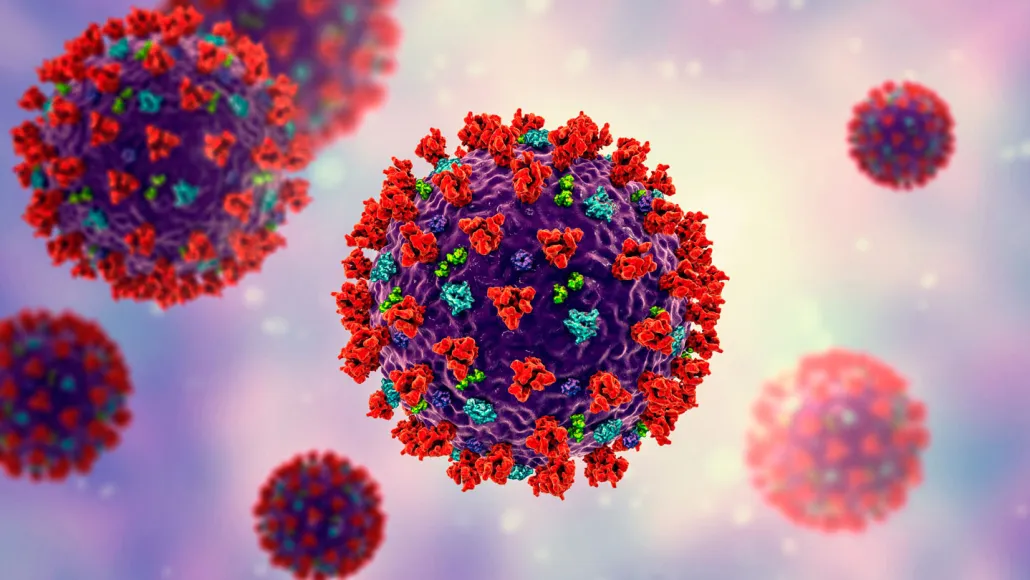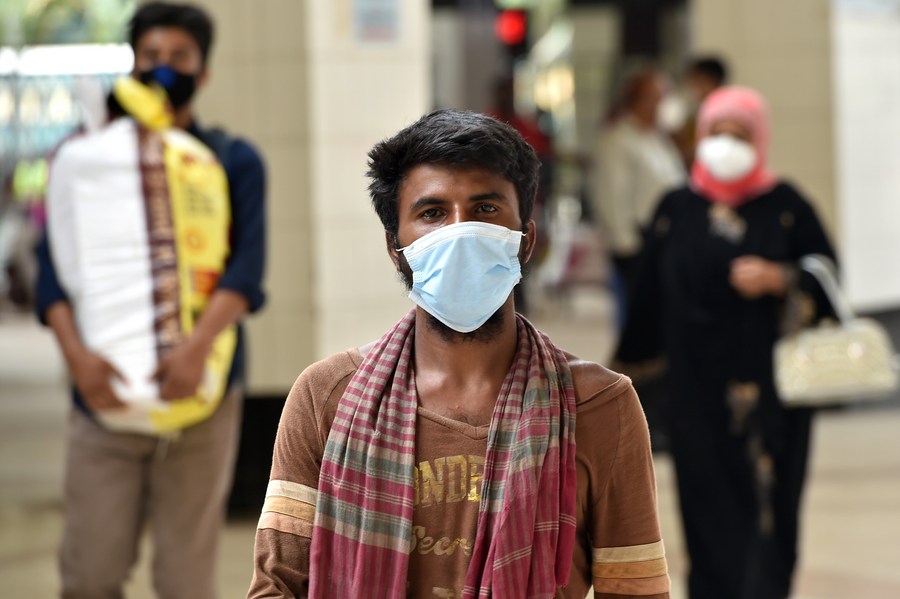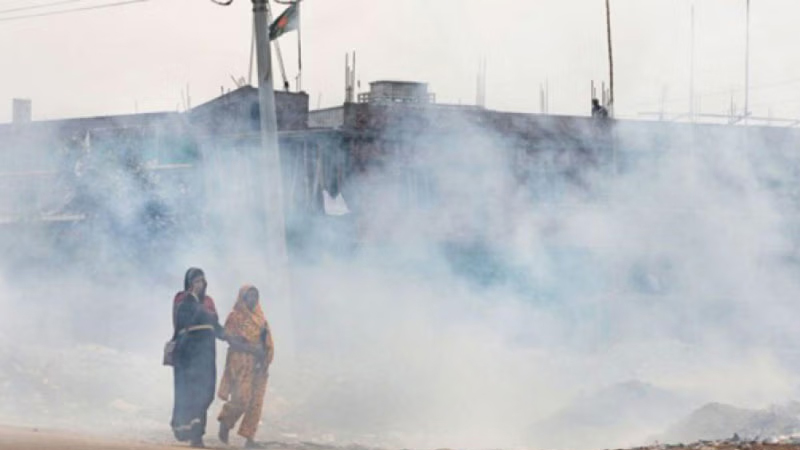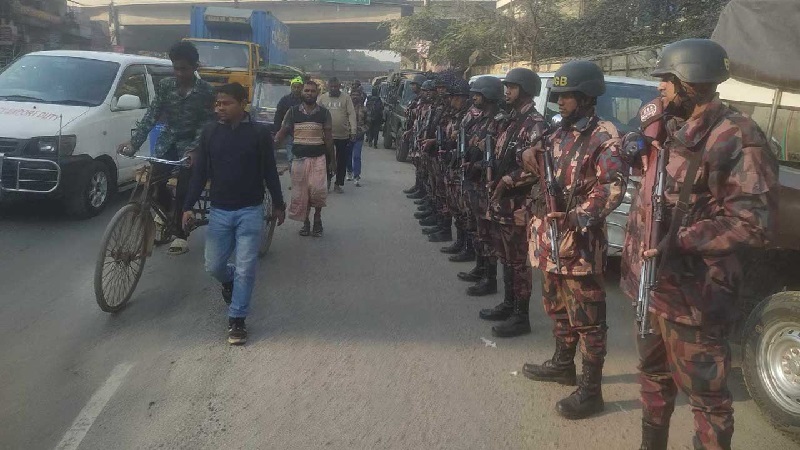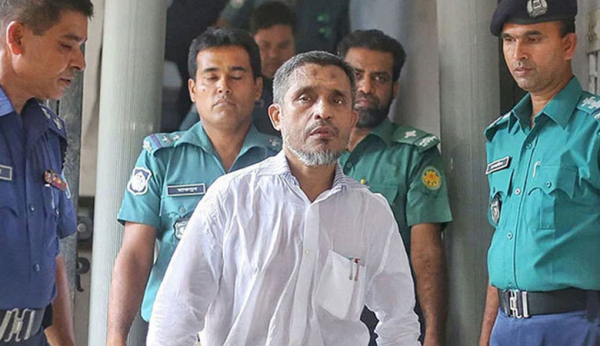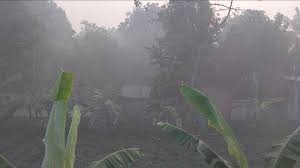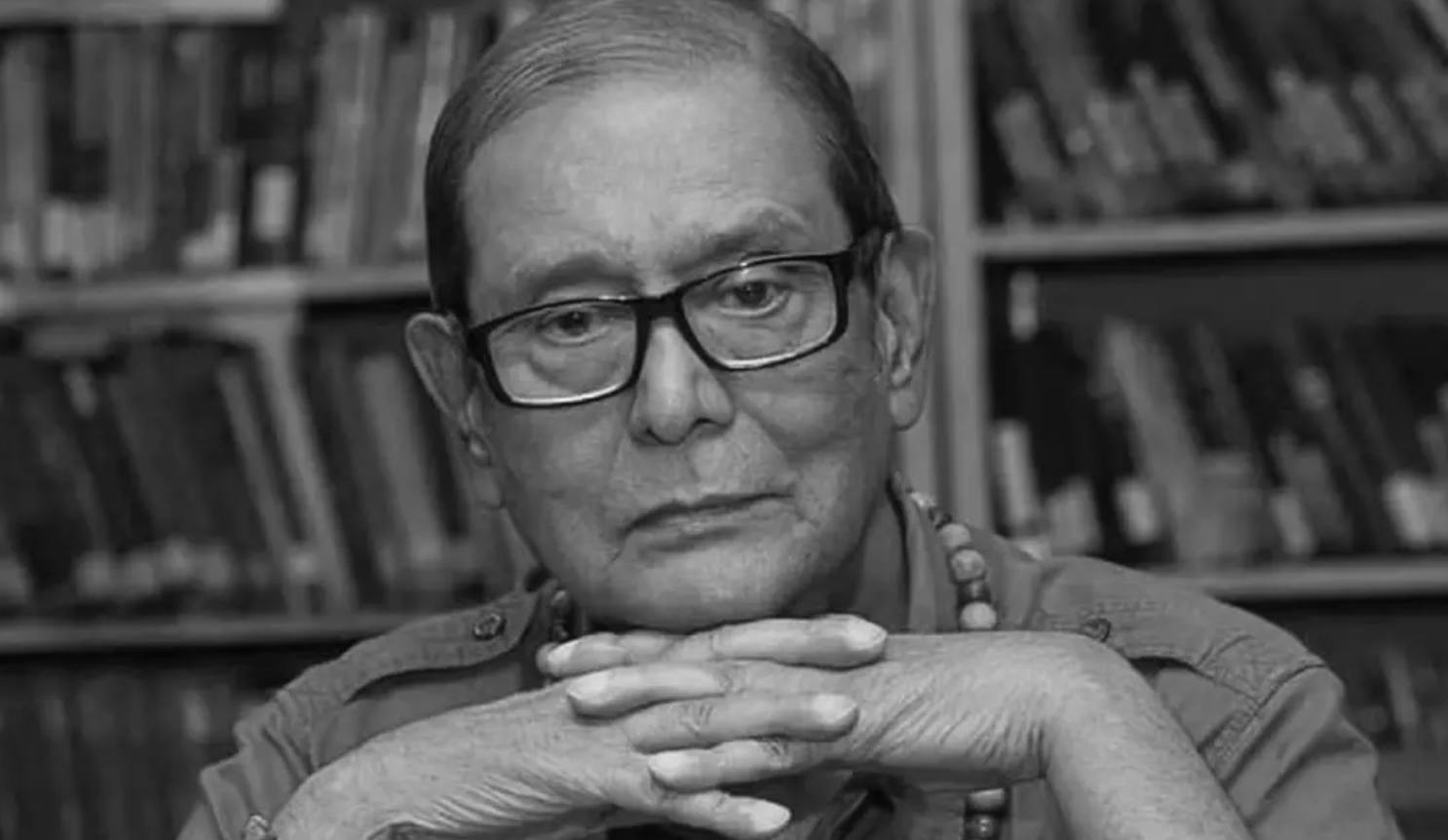The demand for medical oxygen in Bangladesh has increased by 50 per cent in nine days toughening the battle against Covid-19 as the worst-ever wave of the pandemic is raging across the country.
On July 9 the country’s medical oxygen demand was estimated to be 4,15,239 cubic metres or some 600 tonnes, up from 2,78,848 cubic metres or 400 tonnes on July 1.
The estimate was made by the Covid-19 Oxygen Needs Tracker, a tool developed by the COVID-19 Respiratory Care Response Coordination project, an international cooperation led by PATH, a Seattle-based health organisation.
But Directorate General of Health Services chief ABM Khurshid Alam termed the estimation ‘a game of statistics’ and said, ‘Our estimated current oxygen demand is 200 tonnes per day and we have 960 tonnes in stock,’ said.
It has been a long time, even since when the daily Covid infection rate was far lower than the current one, the DGHS has been saying that the country’s oxygen demand is about 200 tonnes.
Still, the 200-tonne demand is met with difficulty by combining local production, industrial contribution and import.
For medical oxygen Bangladesh is entirely dependent on private producers, numbering three, who cannot even handle the supply of 200 tonnes a day.
Hospitals are also incapable of handling the oxygen volume needed to save lives from Covid-19 as the biggest ones of them such as Mugda Medical College Hospital, Rangpur Medical College Hospital, Rajshahi Medical College Hospital and Bangabandhu Sheikh Mujib Medical College Hospital, Faridpur each can handle maximum 10 tonnes of oxygen at a time.
‘The situation has already gone beyond our capacity to deal with,’ said Saiqa Mazed, head of human resources at The Linde Group, the largest medical oxygen producer in the country.
Linde Bangladesh is supplying roughly 120 tonnes of oxygen a day with the import of 30 tonnes from India.
The lack of oxygen storage capacity in hospitals is making its distribution difficult, alleged oxygen producers, requiring their tankers to always stay by hospitals as they run out of oxygen supply frequently, some almost every day.
About two dozen deaths were recorded in three government Covid hospitals this month reportedly after sudden falls in the pressure of their central oxygen supply.
Hospital authorities said that the central oxygen supply pressure fell during replenishment of their stock, adding that the disruption may last for half an hour to an hour depending on the situation.
Oxygen supply disruptions have also been reported by the Institute of Kidney Diseases and Urology and Mugda Covid Hospital this month.
Lack of oxygen storage capacity at hospitals severely limits the availability of the life-saving gas for Covid patients, especially in a high-flow mode, while hospitals in 35 districts, representing some half of the country’s administrative area, lack intensive care facilities.
For instance, the 385-bed Mugda Covid hospital can provide high-flow oxygen from 20 litres to 70 litres per minute to only 35 patients.
‘This is the best we can do as far as the supply of high-flow oxygen is concerned,’ said Mugda hospital director Asim Kumar Nath.
‘The oxygen supply system we have cannot support more than 35 patients with hi flow oxygen,’ he said.
According to district hospitals that admit a minimum of fourth of the country’s patients, they daily need high-flow oxygen.
Bangladesh recorded 8,772 Covid cases in the 24-hour period till 8:00am Saturday as the number of active cases has doubled to almost 1.25 lakh over the past two weeks.
Health experts say that 5 per cent of total Covid cases may need hospitalisation and 2 per cent of them may be in a critical condition requiring high-flow oxygen.
According to them, Bangladesh has been historically an oxygen-starved country and it has miserably failed to improve its oxygen infrastructure even during the one and a half years of the Covid outbreak.
And India has been historically a source of oxygen for Bangladesh, meeting nearly a fifth of its demand, but India had suspended oxygen export during the second wave of the pandemic.
For a week India has resumed its oxygen export.
‘We could have met our oxygen demand through import to some extent but sadly there are not enough tankers to carry oxygen,’ said Mustain Billah, chief executive officer, Islam Oxygen Limited, the third largest oxygen supplier in the country.
Currently Islam Oxygen is supplying 57 tonnes of medical oxygen to hospitals a day, including 15 tonnes imported from India.
Many family members of those who have died of Covid-19 have complained to the media that the lives of their loved ones could have been saved had there been enough supply of high-flow oxygen.
Health experts say that timely supply of medical oxygen is the most important and crucial part of Covid treatme


